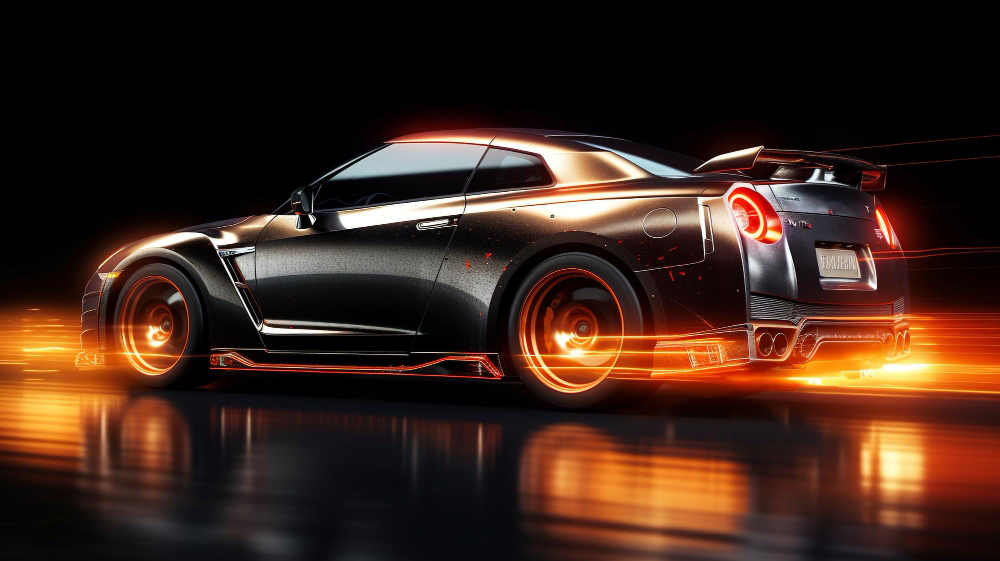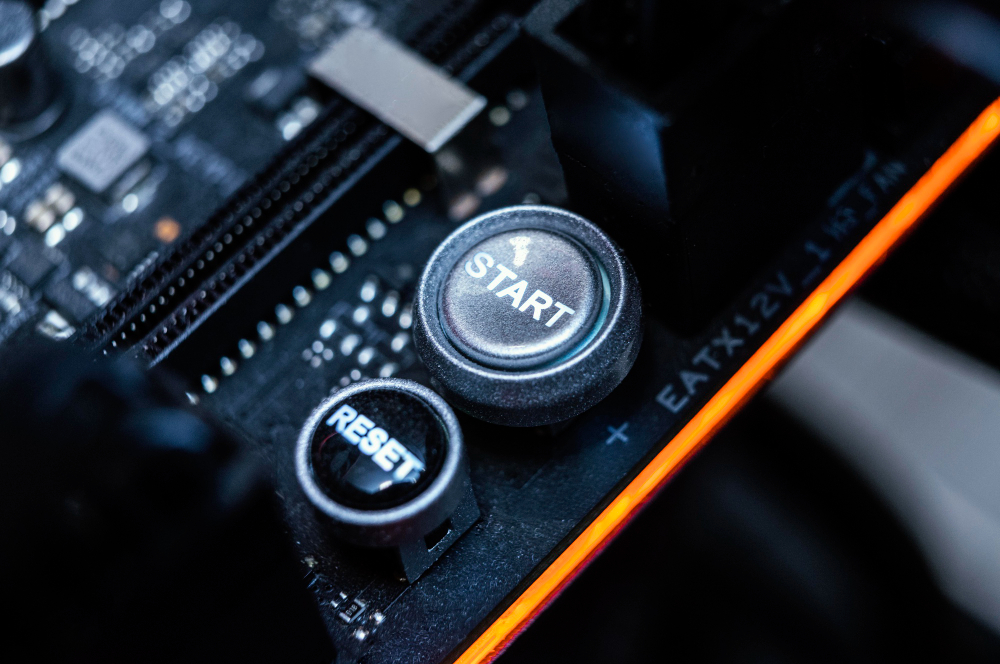Auto-enthusiasts are now turning to turbochargers as the latest trend in their vehicles. The technology was initially used on planes. Installing a turbocharger can dramatically increase an engine’s power output and subsequently enjoy quicker acceleration and superior speed. Turbochargers can exponentially increase a car’s power while upholding its weight ratio. Additionally, they will also help in reducing fuel consumption and emissions. So, automobile producers are studying their effectiveness in modern-day oil shortages.
But before using the technology, it’s essential to understand the differences among the types of turbochargers, particularly single-scroll, twin-scroll, and twin turbochargers.
What is a Turbocharger?

A turbocharger is an advanced compression system that increases the fuel and air mixture ratio pumped into a piston engine. The ideal ratio is achieved through a spinning compressor wheel connected to a turbine in the exhaust flow, with blades designed to compress air for more powerful combustion. With greater masses of gasoline forced into cylinders, higher torque can be generated from each piston stroke, which puts more power at your command!
Enhance Fuel Efficiency and Performance

As manufacturers continually strive to boost fuel efficiency and performance, turbocharging has become popular. Smaller engines with fewer cylinders can now produce higher engine output due to the added advantage of a turbocharger. This technology was only available for cars in 2000, making up one percent of vehicles manufactured during that period. However, as years passed, this number drastically increased. By 2019, 34 percent of all new light-duty vehicles were furnished with one!
Types of Turbochargers
- Single-Scroll Turbochargers – Single-scroll turbochargers or constant-pressure turbochargers are fueled by a singular shared pipe – the scroll. This is used to tunnel exhaust gas from the cylinders and direct it towards the turbine. Single scrolls only turn to thermal energy from exhaust gas to condense intake air through their compressor capabilities.
- Twin-Scroll Turbochargers – Twin-scroll turbochargers are similar to standard turbos, having just a single unit attached. The difference comes in the volume of the turbine case – it is split into two separate pipes catered specifically for two cylinders each. By dividing them up like this, they can receive more air with improved efficiency and superior performance than their singular counterparts could ever hope to achieve.
- Twin Turbochargers – Twin turbochargers feature two turbochargers connected in tandem form. These two compressors combine the fuel and air mixture or intake air into one, which increases the power output from standard V engines. Most configurations include matching-sized turbochargers operating independently, yet some setups may feature disparate sizes for further customization.
Pros and Cons of Different Turbochargers
Here are the pros and cons of the different types of turbochargers
Single-Scroll Turbochargers
A single turbocharger allows you to achieve greater power and performance at an affordable cost. Installation is relatively straightforward compared to other options, while smaller engines provide the same output as larger naturally-aspirated ones, reducing weight. However, this setup has some disadvantages: due to its limited RPM range, sizing may be challenging; additionally, response time might not match alternative turbocharging systems.
Twin-Scroll Turbochargers
With a twin-scroll turbocharger, you can reap the following rewards: increased energy sent to the exhaust turbine, which equates to more power, a wider RPM range of effective boost thanks to varied scroll designs, and greater valve overlap without impeding exhaust scavenging that allows for further tuning flexibility. On the flip side, it requires an exclusive engine layout and a detailed exhaust design making them costlier and more complex than traditional single turbos.
Twin Turbochargers
When installing parallel twin turbos on a V-shaped engine, you gain almost the same benefits as single turbo setups with some minor differences. Also, using sequential turbos or one at low RPM and both at high RPM allows for an expanded torque curve so that power won’t diminish at higher speeds like it would with just a small single turbo.
Unfortunately, these advantages have drawbacks, such as extra cost and complexity due to the need to install nearly double the number of components. If this option is still too expensive or complex, other alternatives can produce comparable results, albeit more efficiently and weightier.
Applications of Turbochargers
A turbocharger’s primary purpose is to optimize the efficiency of an engine in a car, granting it more power without needing additional fuel or larger capacity. Rather than wasting gas and creating emissions, this device uses carbon dioxide (exhaust fumes) for the extra thrust that doesn’t cause pollution.
Applications of Turbochargers
- Cars – Turbocharging is a popular method of increasing power output and fuel efficiency in gas and diesel vehicles. Lessening the engine’s weight by about 10 percent, turbocharged cars deliver the same amount of peak horsepower but with up to 30 percent less fuel consumption!
- Aircraft – Turbochargers have been proven to boost aircraft efficiency in a year drastically.
- Trucks – Since 1938, diesel truck engines have been equipped with turbocharging for the same benefits. The technology has been used in larger vehicles like buses, providing more torque and speed while offering higher fuel economy.
- Marine – Turbocharging technology is also used in the marine sector for faster sailing and less fuel consumption. By replacing two non-turbo engines with one turbocharged engine, ships can achieve up to 30 percent better performance without compromising fuel efficiency.

Turbocharging technology is increasingly becoming popular in the automotive industry due to its ability to dramatically increase engine power output and fuel efficiency with minimal emissions. Three types of turbochargers are available: single-scroll, twin-scroll, and twin turbochargers, each offering advantages and disadvantages. Knowing the pros and cons of these different setups can help you make an informed decision when choosing a type for your vehicle. Understanding how they work will ensure you get the most out of your new upgrade!






